If you’re going to carry a gun to protect yourself and those around you, there are several critical skills you need to master (not just learn once) to be prepared for the fight you hope never comes. While working on marksmanship shooting skills is important, several other factors also determine who wins the gunfight.
One of those is the reload. How do you get more rounds into your gun and do it quickly? For this article, we’re only discussing semi-automatics. Revolvers are a whole other world with different skills. They aren’t bad, just different.
We talked about the basic mechanics of the reload in another post, so click back there if you want to learn how to position your spare magazine, hold your gun, etc. Here, we’re getting into when you might use the three reloads and how to execute them under fire.
Emergency Reload
You’re in the fight, bullets are flying, and your slide locks back. Seasoned gun owners know that means you’re out of rounds, your magazine is empty, and you better reload immediately if you want to stay in the fight. After you’ve uttered a few choice words, get behind the nearest cover and start the emergency reload. It’s best to avoid reloading in the open, if possible.
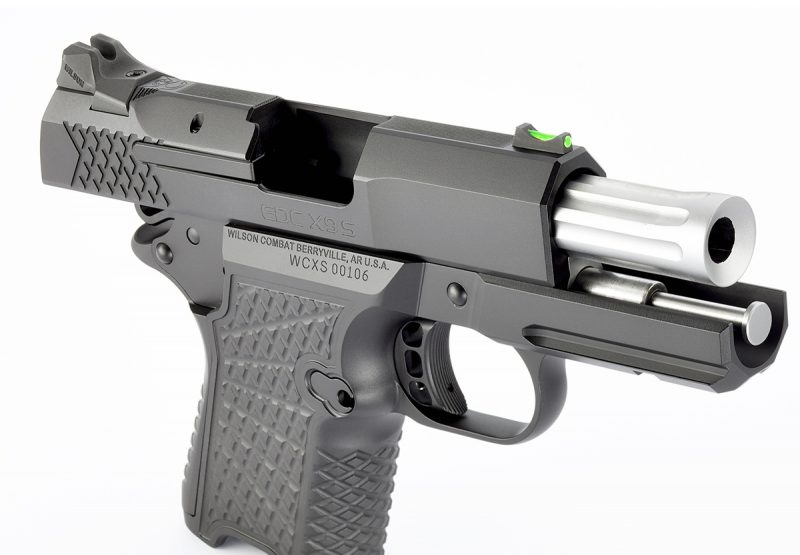
Now that you’re behind cover, drop the empty magazine out of the gun. You don’t care where it lands. Don’t retrieve it. Let it lie. It’s empty and useless to you now. You can go back and get it later if you win the fight.
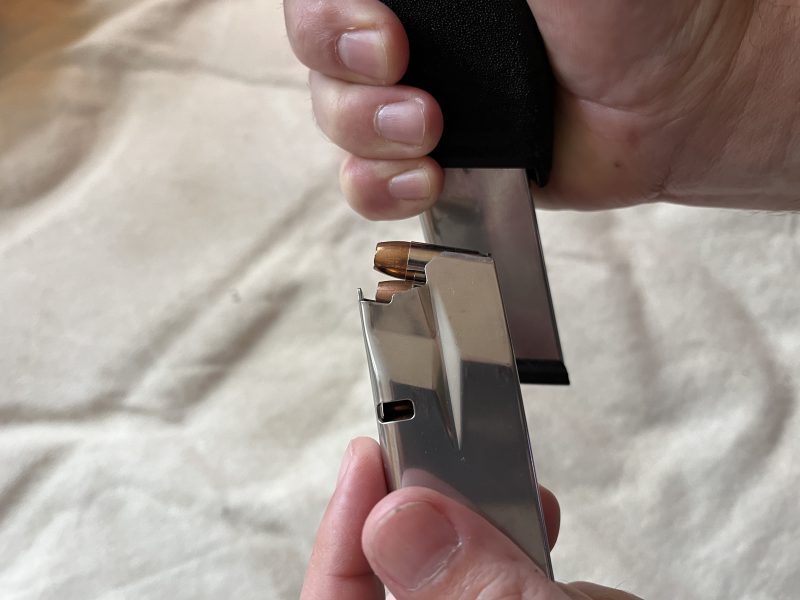
As the empty falls, grab your fresh, full magazine and direct it toward the magwell. Quickly insert it, thumb the slide stop catch/release or perform a two-hand rack, and let the slide slam home. Remember, in an emergency reload, the chamber is empty, so the first round from the new magazine needs to go into the chamber.
Tactical Reload
A tactical reload is performed when there is a pause in the action but the fight is still on and you have a moment to top off your ammunition supply in your gun. Just like an emergency reload, this should be performed behind cover.
Unlike an emergency reload, your gun is not empty in a tactical reload. There is still a round in the chamber and probably rounds left in the magazine, although it’s not full. You won’t experience slide lock because the chamber is still full.
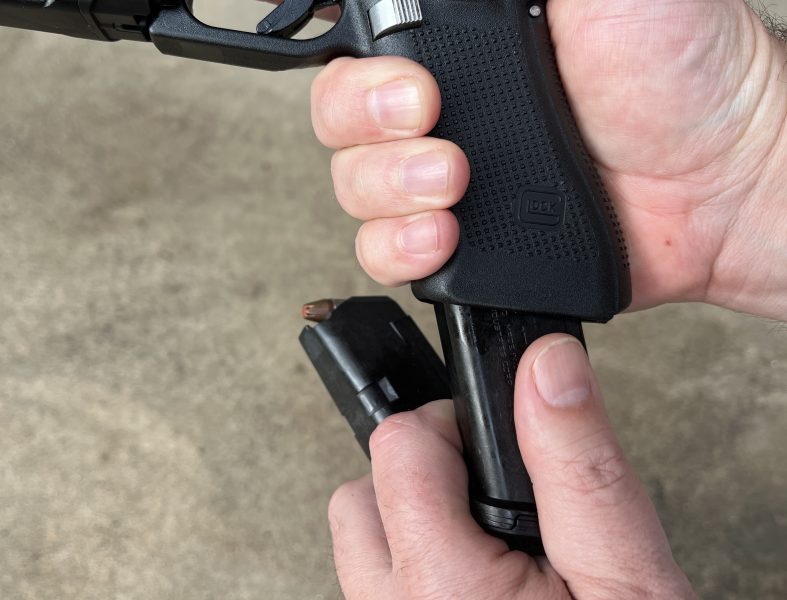
In a tactical reload, grab your spare magazine in our support hand first, position your support hand to catch the magazine coming out of the gun, and while holding both magazines, swap the fresh one into the gun. Next, stow the partially full magazine in a pocket or somewhere accessible for later. It’s not empty, so you can use it again if needed.
The slide will be closed with a round in the chamber, so there will be no need to rack the slide.
Administrative Reload
This reload is by far the least stressful because it’s not done in the middle of a gunfight. Instead, it’s done either after a fight is over or entirely away from a fight, such as at the range or during a training class. When would you do an administrative reload? It’s useful if you’re topping off your ammo supply to run another drill.
Unlike either of the other two reloads, an administrative reload is usually done with the gun in the holster, but you can remove it from the holster to make it easier. Typically, there is a round in the chamber, but there doesn’t have to be. The key is an administrative reload is performed in a safe and controlled environment.
With the gun in the holster, simply thumb the magazine release, pull out the magazine, stow it away somewhere safe and accessible for later use, and insert the fresh magazine into the gun. Sounds simple enough, right? Not so fast. Sometimes, it’s hard to fully insert a loaded magazine when a round is in the chamber. So, you may need to give the new magazine an extra shove for it to fully seat inside the magwell. Not sure if it’s in? Give it a slight tug. If it comes right out, try again. If it stays, you’re good to go.
Reloads Recap
Practicing reloads is often overlooked. After all, how often will you use it? Well, it’s one of those skills you will likely need when your life is on the line. So, it’s kind of important. Know the differences among the reloads, and practice them as often as possible so they become second nature.
ABOUT THE AUTHOR:
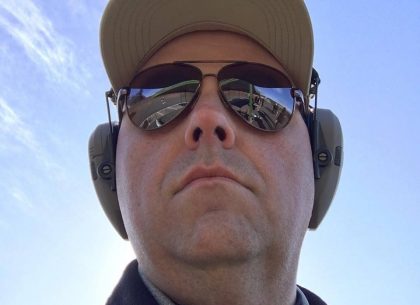
David Workman is an avid gun guy and a contributing writer to several major gun publications. As an NRA-certified instructor, David trains new shooters on basic handgun skills and CCW requirements and is a strong advocate for training as much as possible. “Real-life shootouts don’t happen at a box range.”
![]() You may also enjoy these popular articles:
You may also enjoy these popular articles:
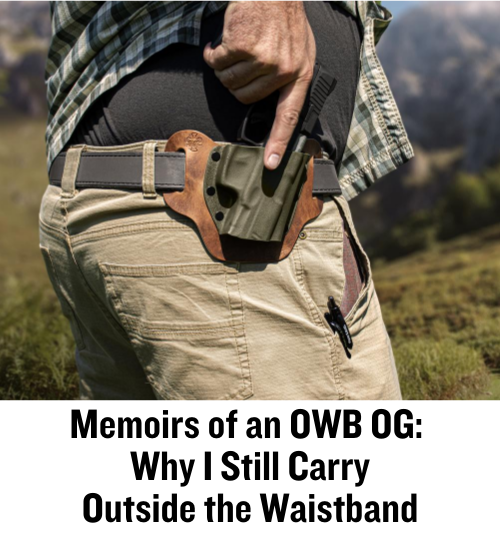
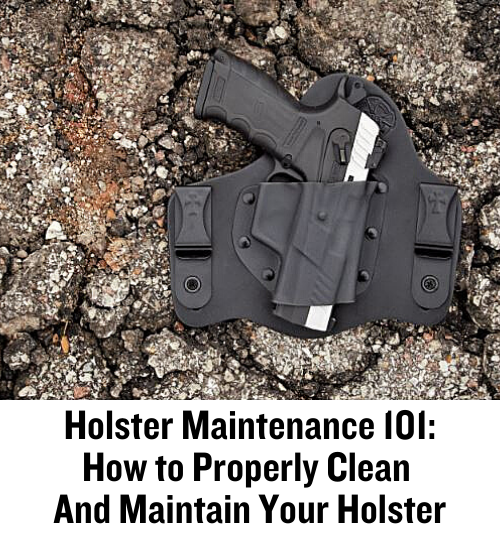
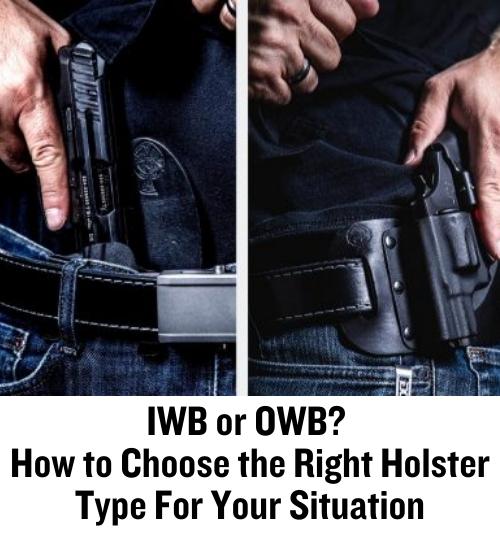

©MTC Holsters, LLC and CrossBreed Holsters Blog, 2023.
Unauthorized use and/or duplication of this material without express and written permission from this site’s author and/or owner is strictly prohibited. Excerpts and links may be used, provided that full and clear credit is given to David Workman and the CrossBreed Blog with appropriate and specific direction to the original content.

